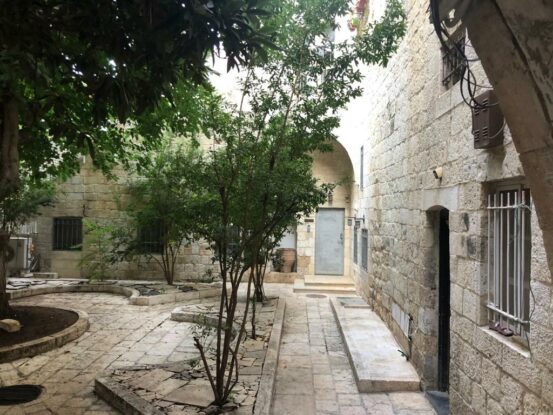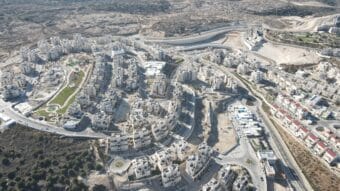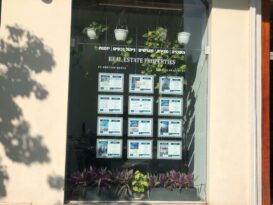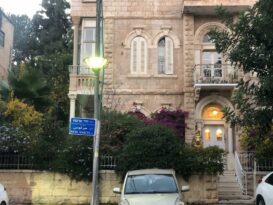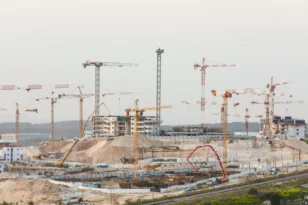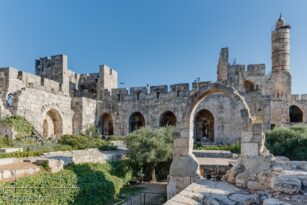Between the Western Wall and the Cardo, there are several thousand residents who live in the area, leading a normal routine that comprises work, study, shopping, socializing, and other regular activities, but without parking. Real estate transactions are few and far between and prices are astronomical – especially for a view of the Western Wall. While the quality of life may be disputed, as we approach Tisha b’Av there is no better place in the world to feel the loss and destruction of our holy Temple.
If you live in an urban environment, you probably also have a neighborhood pizza store that you rely upon from time to time when you don’t have the energy to cook. In the case of the Jewish Quarter of the Old City of Jerusalem, this is “Pizza Cardo”. Its name was not given to it for nothing, the pizzeria is located adjacent to the Cardo of Jerusalem – a colonnade that was used to cover Jerusalem’s main commercial street (or “Ilia Capitolina” as it was then called by its Roman rulers) built in the 2nd century CE. Customers eat their pizza slices in the heart of an archaeological site of national and world importance.
This is the duality with which the residents of the Jewish Quarter live in the Old City – daily life on the one hand, and thousands of years of history on the other. A few hundred meters apart, there are the remains of the “broad wall” built by King Hezekiah during the First Temple period in order to protect Jerusalem from an Assyrian invasion, the “Burnt House” that commemorates the destruction of Jerusalem during the Great Revolt and of course – the Western Wall, the most central and significant remnant of the Temple during the Second Temple period. This is also why the demand for housing in the area is skyrocketing, especially from religious Jews who wish to live near the holiest site for Judaism.
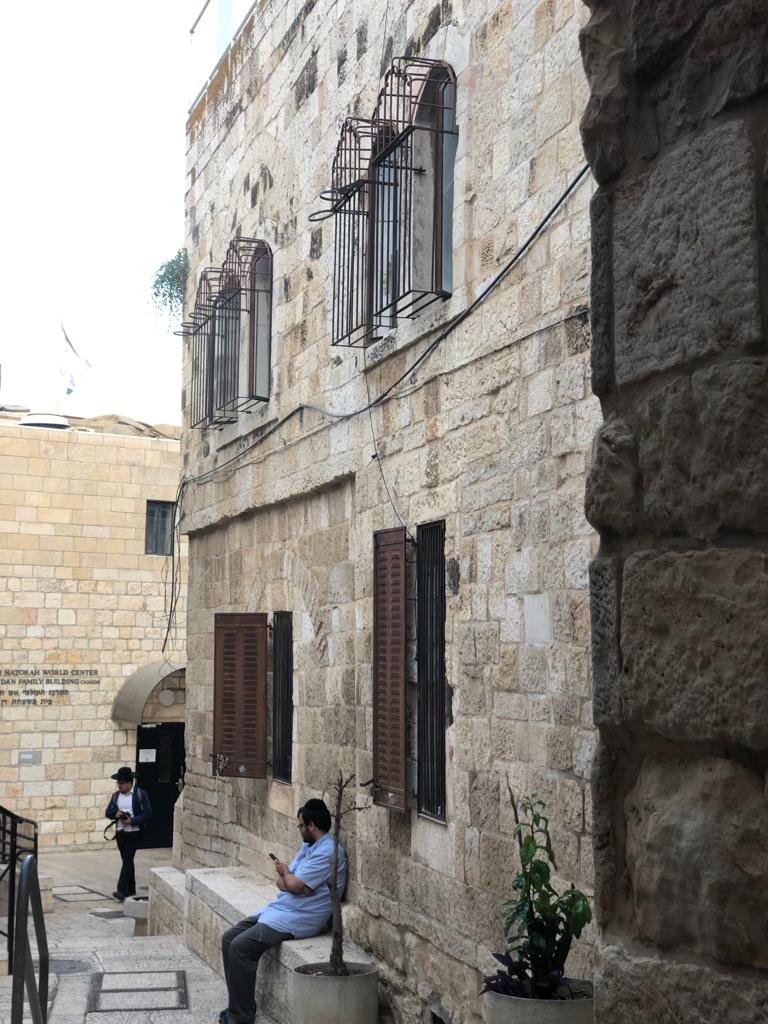
“More than anywhere else in Israel, the Old City of Jerusalem commemorates and preserves the history of the First and Second Temple periods and reminds us that there was destruction here. You literally see the ashes in your eyes,” says Yair Dan, a strategic consultant born in the Old City. “In these days, towards the 9th of Av, the city is wearing a sack. The residents gather around the archaeological remains, recall history through them and read lamentations.”
The high demand for proximity to history obviously has a price tag. Prices for properties in this part of the city range from “very high” for ordinary residential properties to “astronomical” for apartments overlooking the Temple Mount and the Western Wall. “The Old City enjoys very high demand, but what boosts the prices is the view towards the Western Wall and the Temple Mount,” says Israel real estate Appraiser and Asset Manager Yossi Levkovich. “We’re talking about a market that attracts extremely wealthy buyers from around the world, which has nothing to do with price levels in the rest of the city. Transactions are infrequent and very unique, so it is very difficult for any appraiser to deal with the Old City because it is difficult to talk about ‘market value’.”
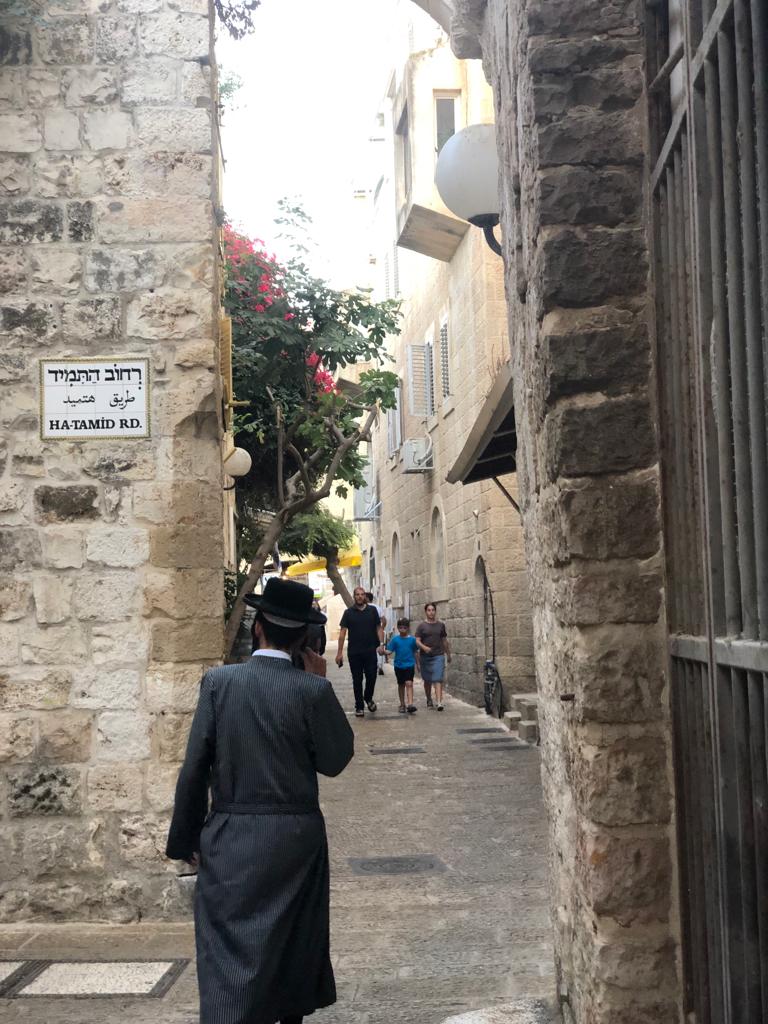
In total, close to 4,500 people live in the Jewish Quarter of the Old City. Most buyers in the quarter now associate themselves with the ultra-Orthodox community, which has replaced the national religious majority in the last 25 years or so. A study of real estate transactions carried out in the past year in the Old City, only five in total in the Jewish Quarter, concludes with an average price of NIS 45,000 per square meter (it is, therefore, reasonable to assume that all five transactions were “regular” properties).
In the more desirable areas of the quarter, facing the Western Wall, transactions are extremely uncommon and only occur once every few years. For example, a spacious property with 162 square meters was sold in 2018 on Shuni Halkhot Street. Its marketing price at the time was 1.7 million dollars. Today, real estate experts estimate that it would not have been offered for sale for any less than 2.5 million dollars. Local real estate agents report that owners of a three-bedroom apartment overlooking the western wall can ask for as much as ten million dollars today. How much they can actually sell for is another question that is difficult to answer in such an undynamic market.
In any event, it is important to note that even in the case of a purchase, the buyer’s rights are not of ownership but rather of lease since the owner of the land is the Authority for the Development of the Old City of Jerusalem. This means that whoever buys a property in the Jewish Quarter of the Old City is not considered its actual owner. A lease is a very long-term rental, lease contracts with the administration, for example, are for 98 years.
Another phenomenon that has intensified in recent years is the settlement of Jewish residents in the Muslim Quarter, with the backing of NGOs such as Ateret Cohanim, which assist in locating and purchasing the properties. This is, of course, a politically volatile issue, which once in a while even leads to ethnic conflicts in the city.
According to Kuti Fundaminsky, a real estate and economics reporter for Yediot Yerushalayim, “In the Muslim Quarter, there is a two-sided market – there is a price for the Jews and a price for the Arabs. The reason is that an Arab who sells real estate to Jews will be very likely forced to leave the city and even emigrate abroad. In addition to this, a number of Jewish associations purchase properties in the Muslin Quarter in order to secure Jewish ownership in the area, however, these activities have resulted in a large number of legal proceedings regarding the ownership, rights, and status of this real estate.”
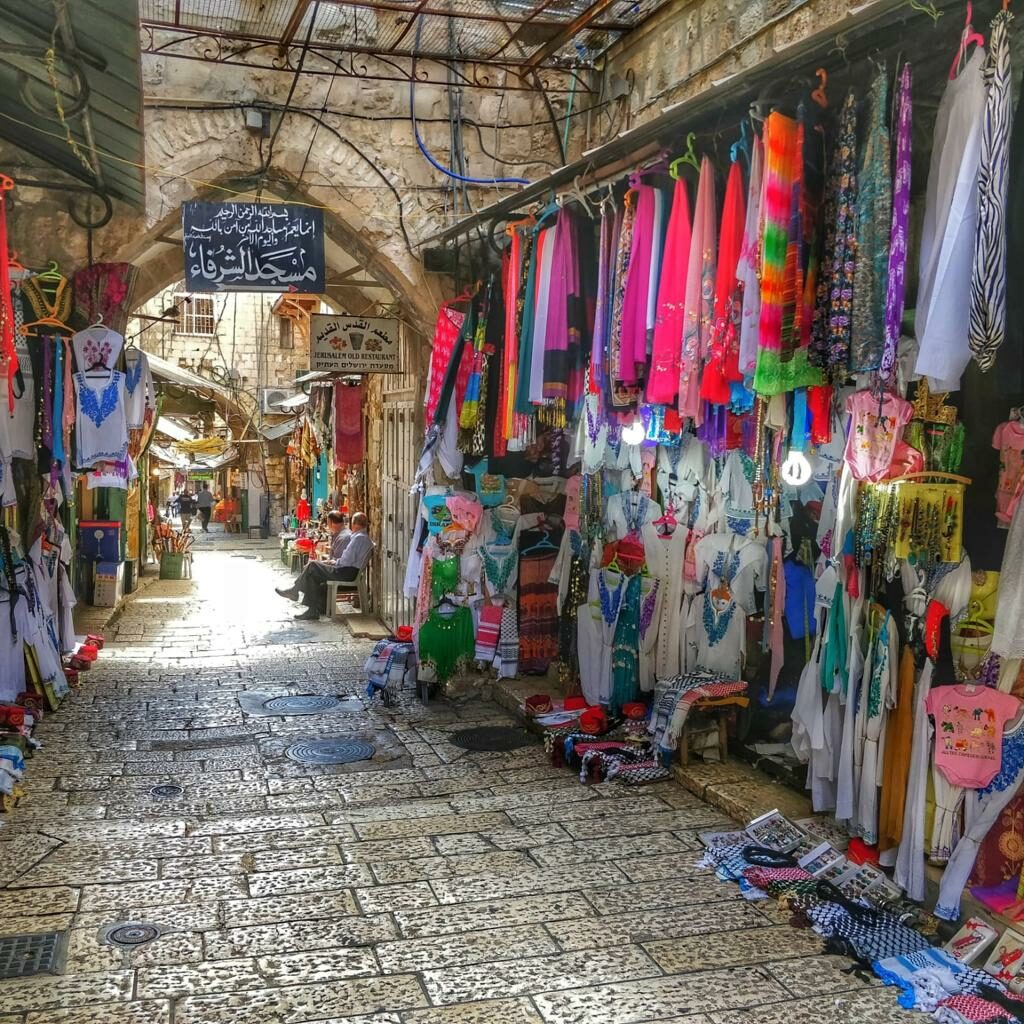
Generally, the expectation is that in areas where the price level is high, the residents will also benefit from a good quality of life and a high level of municipal services. In the case of the old city, it is not quite so. According to Dan, “anyone who comes to the Old City today knows that they are not expected to get a parking spot, certainly not near their home. However, he says that there are shuttles that help with mobility, especially for the elderly population. He also noted that the City has invested millions of shekels to help improve the infrastructure. “Thanks to the Jerusalem Center Development Company (East Jerusalem Development Company), there is an increase in maintenance. The Old City has been made accessible to the handicapped. They renovated the “New Gate” costing millions of shekels and have opened a new parking lot in the Armenian Quarter.”
Dan’s words raise a point for thought in preparation for the 9th of Av, which is that although we mourn the destruction and the loss of the two Jewish Temples, the Old City of Jerusalem has been renewing its face over the last fifty years and today we see it undergoing further revival and redevelopment. It is our fervent hope and prayer that this renewal will ultimately lead to the rebuilding of the Third Temple and the return of all Jews to Zion, speedily in our days.
